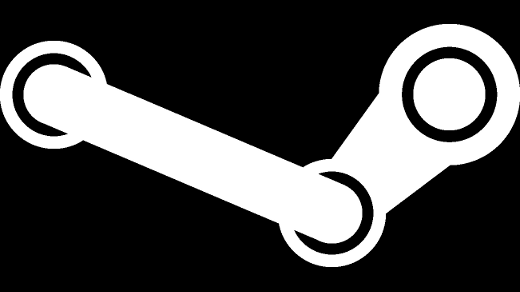The gamers among us waited... very... patiently... for Steam to come to Linux. This week, Valve co-founder Gabe Newell came to LinuxCon to talk about Linux, gaming, and how important open source is to the future of gaming, which given the audience, he described as "sort of like going to Rome and teaching Catholicism to the Pope." In even better news, he also strongly hinted at a Steam Box announcement next week.
A company built on Linux sees the future of gaming
Despite not shipping a Steam client for Linux until this year, Valve has been a Linux consumer for some time, shipping their first game server for Linux in 1999. Today Linux represents the majority of the game servers—more than 1 million of them around the world. They also use it internally for all of the source code, models, animations, and assets.
And this is typical of the gaming industry in general. In contrast, being a gaming user on Linux has been pretty abysmal for a long time, regardless of metric. The Linux gamers haven't gotten a lot of attention.
"However," Newell said, "what we became convinced of is that Linux really is the future of gaming."
"Several years ago we got concerned about the direction the PC industry was going," he continued. They saw new platforms emerging that were layered with control—control over pricing and other characteristics. Rather than leading to an embrace of open systems, the consequence has been year-over-year unit declines in PC sales. Those in that business thought people would keep buying PCs regardless of restrictions, and that turned out not to be true. "I think we'll see significant restructuring by the top PC players," Newell added.
Going back to the era of Atari 2600s and Nintendo Entertainment Systems and all the consoles that came from that time, gaming has been about closed, proprietary systems. If you had a game competing with a similar, popular one and wanted a cartridge made, maybe your ROMs didn't show up until later, and it took six months to get your cartridges out. "But not too surprisingly, open systems were advancing faster," Newell said. PC graphics beat out proprietary hardware, and the Internet displaced private gaming networks.
Now PC gaming is where the innovation has occurred, not the closed consoles. Digital distribution, social gaming, free-to-play, MMOs—all of these interesting changes in gaming have grown out of PC and online gaming. And despite those aforementioned sinking PC sales, Steam has seen a 76% increase in year-over-year sales.
"Systems that are innovation-friendly, which is equivalent to openness, are going to have greater competitive advantage to tightly regulated systems," Newell said. He and Valve foresee increasing democratization in the content-creation process, in which the line between creator and consumer will become less and less distinct.
"At Valve, we're kind of a cocky company and like to think we can compete with any company in the world," he continued. "But the one entity we wouldn't ever want to compete with is our own users." Once given the tools of creation, user contributions easily outpace those that a company can produce. For example, the Team Fortress community creates 10x the content that the Team Fortress developers at Valve do.
Thus Valve came to the conclusion that if this is the direction gaming is headed, the logical conclusion is that Linux needs to be a better option for both gamers and developers. And yet, because it has not been in the past, it has and will continue to require significant effort, staged out, on the part of Valve and any other company interested in that space.
The first step for Valve was, as it should be, to get just one game working on Linux—Left 4 Dead. Newell referred to the "sweater thread" of issues that unravel. For example, when faced with slowness problems, they went to Nvidia to work on the drivers. But then the user experience had problems, and the best solution seemed to be to compile it yourself... which is not really a solution at all for the average user. The up side is that by going through this process for one game, they worked through a lot of issues that could be applied to others.
In February, they (finally!) shipped the long-awaited Steam client for Linux users with just a few games. Now, in September, they have 198 games running on Linux. The next direction for Valve in helping Linux gaming be successful is to develop a Linux debugger (in addition to their work on the LLVM debugger).
A look at the living room—and maybe the "Steam Box"?
"As a user, you shouldn't have to buy new games, have new friends, or like different movies or music because you're sitting on a couch," Newell said. To answer this problem, Valve created Big Picture for the unique requirements of a 10' living room. It launched at the end of last year and optimized Steam for HDTVs, letting you control your Steam experience either through a gaming control or through a keyboard and mouse, making the experience better suited to what you want.
"Our next step is on the hardware side," Newell said (perking up a lot of ears in the audience. "The next step is to release some work we've done on the hardware side." He went on to say that there will be announcements regarding this area next week, suggesting that the long-rumored "Steam Box" console (not the official name) will have some official news very soon. He continued:
"Even more broadly, in terms of grand unification, we don't think the fragmentation around the physical location is necessary or desirable. Users and developers should have tools that work well in the environment they're in while preserving what they've already invested. You assume the Internet will work no matter where you are. That should be more broadly true."
"Next week we'll talk more about how we'll get there and one of the hardware opportunities we see for the living room. "
Newell concluded by describing Linux as the most obvious basis for all of this. Stay tuned until next week...







3 Comments